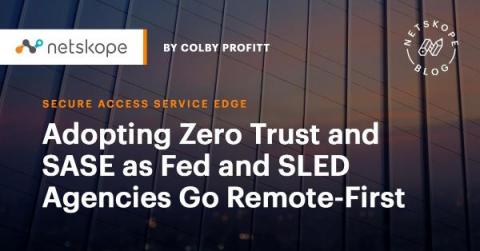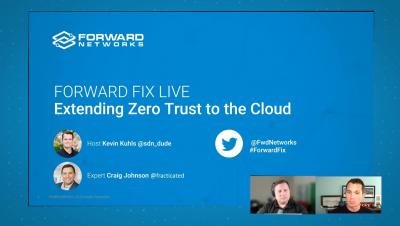Securing the edge with Zero Trust
The proliferation of cloud computing, mobile device use, and the Internet of Things has dissolved traditional network boundaries. Today, the network perimeter has evolved as workloads have moved to the cloud while non-managed, mobile devices have become the norm rather than the exception. The location of applications, users, and their devices are no longer static. Data is no longer confined to the corporate data center.











